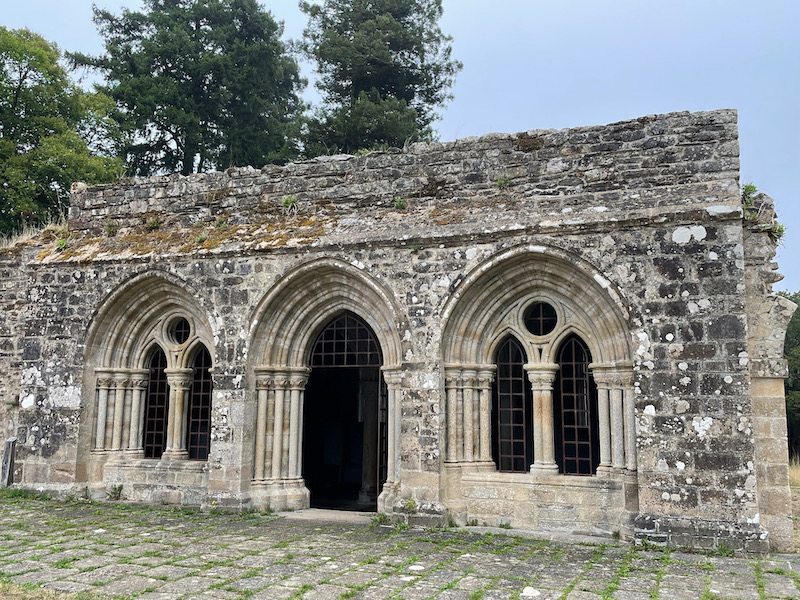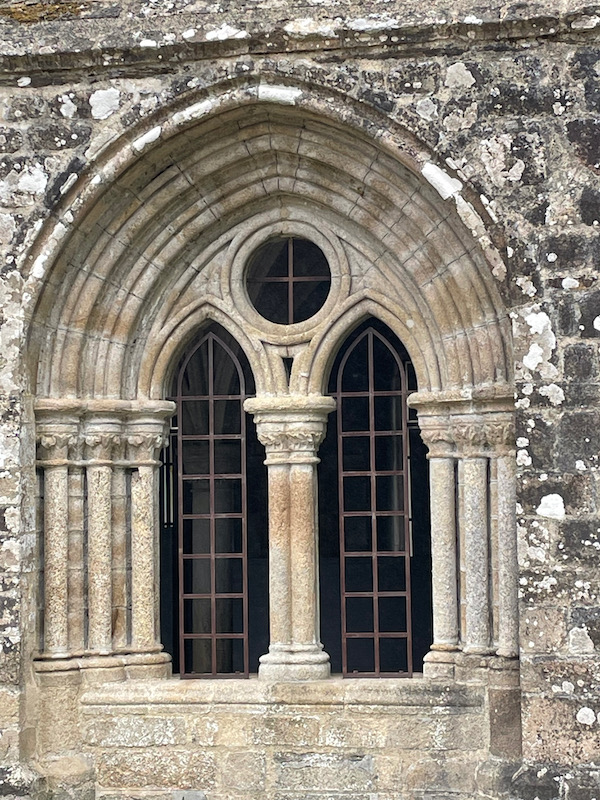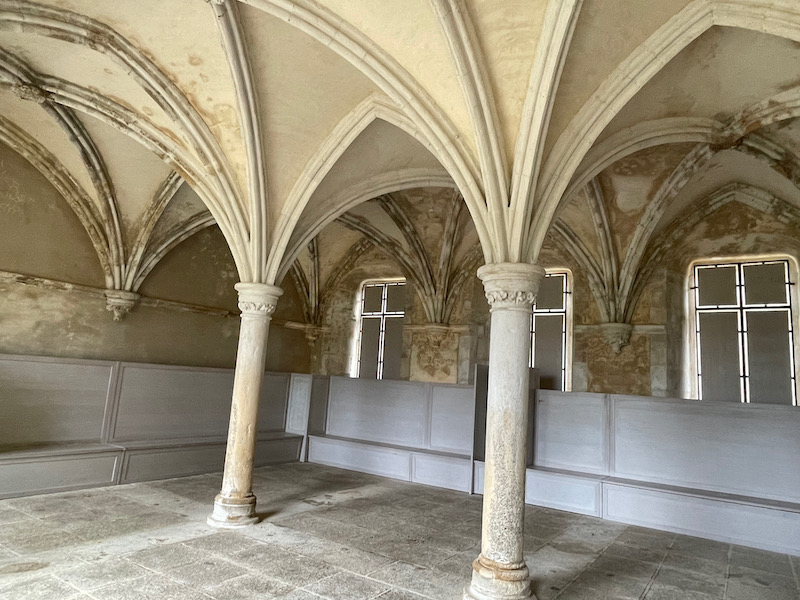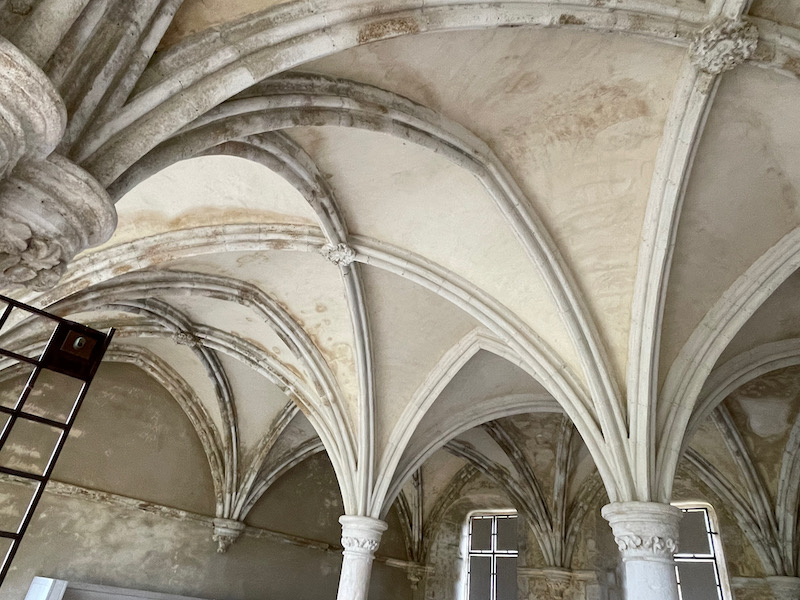Our Blog - Abbey Saint-Maurice in Clohars-Carnoët, France
What remains of the Saint-Maurice de Carnoët abbey (or Saint-Maurice abbey) is located on the right bank of the Laïta river valley. The Cistercian abbey is in ruins, but there are still a few interesting architectural elements. It was founded between 1170 and 1177 in a swampy area. One would think that a swamp would not be the best place for an abbey, but the site was well chosen. There was quite a bit of traffic on the Laïta, with boats sometimes having up to 15 men on them. Due to the tides, sometimes the boats would have to wait near the abbey for the tide to come in and allow them to make their way on the river. It was rebuilt in the 17th century but was then devastated during the French Revolution. Like many religious buildings, it was sold and the new owner used it as a stone quarry to build a mansion. However, it didn't fare well during World War II when it was damaged by a fire. the owners tore down almost everything that was left, with the exception of the chapter house.
This was a special exhibition of "dentelles" or hand-made lace that I thought I would grab some pictures of.
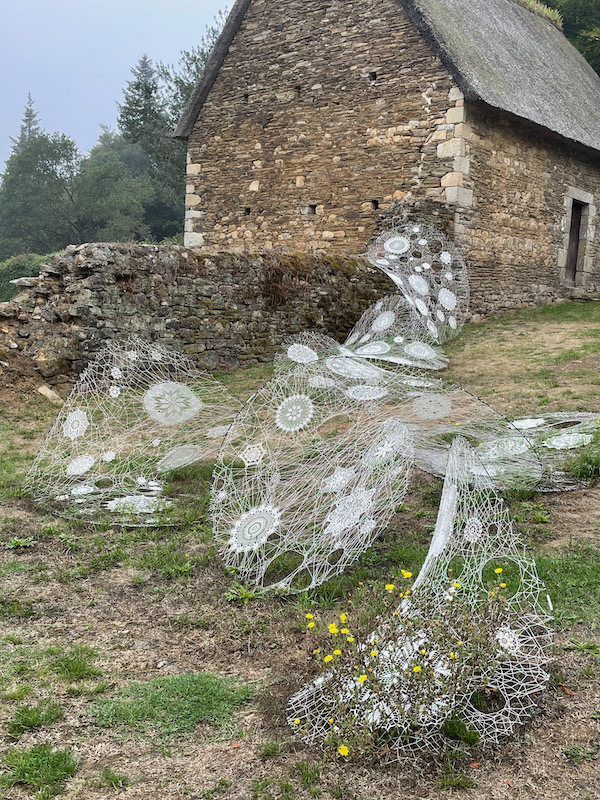
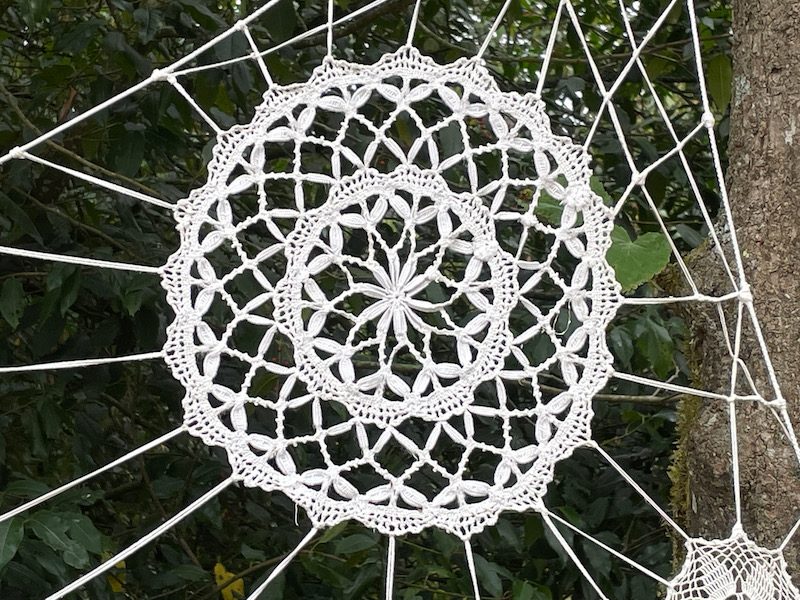
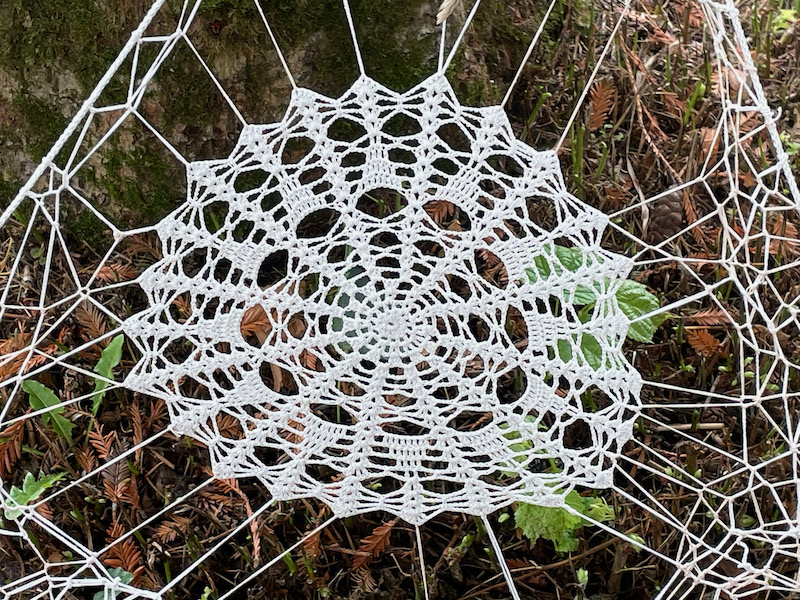
The Abbot's house now is an exhibit space with information on the life at the abbey.
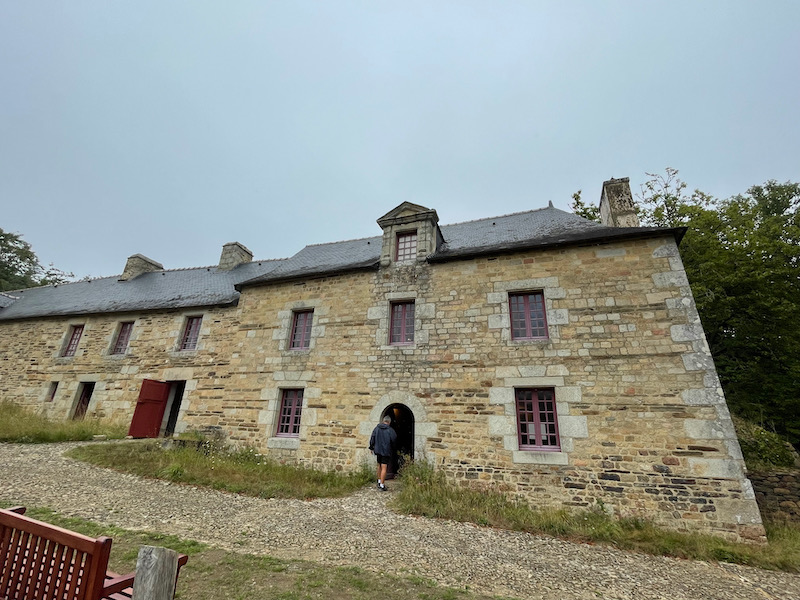
This was the original gate into the abbey from the land-side. What I thought was interesting here was the thatched roof, which actually has flowers planted across the ridge. This is a tradition peculiar to Normandy and Brittany, where succulents and irises are planted along the ridge of a thatch covering, so the roots help anchor the reed thatching.
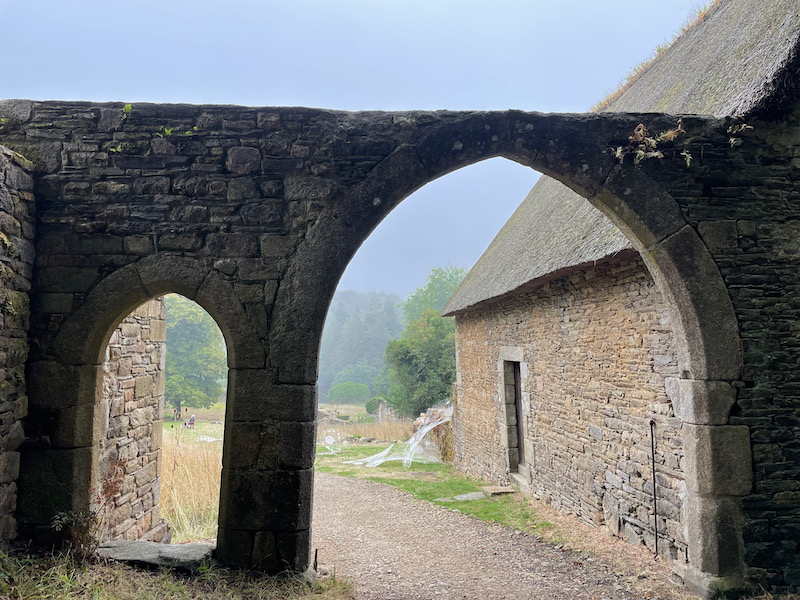
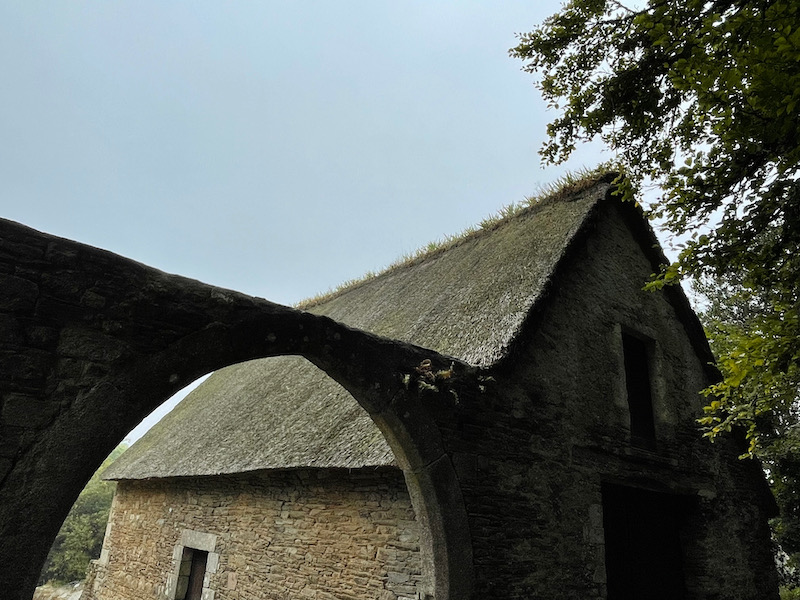
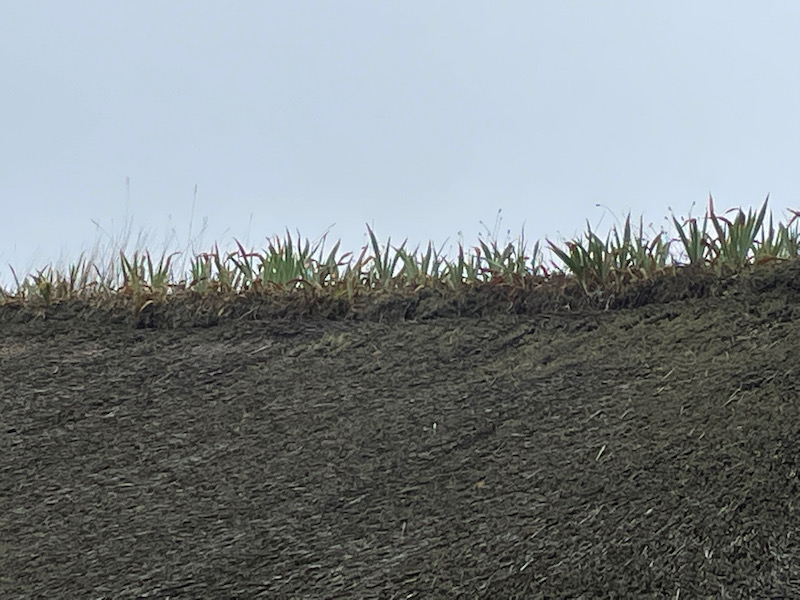
From the gate, we head down to the remaining pediment of the abbey church.
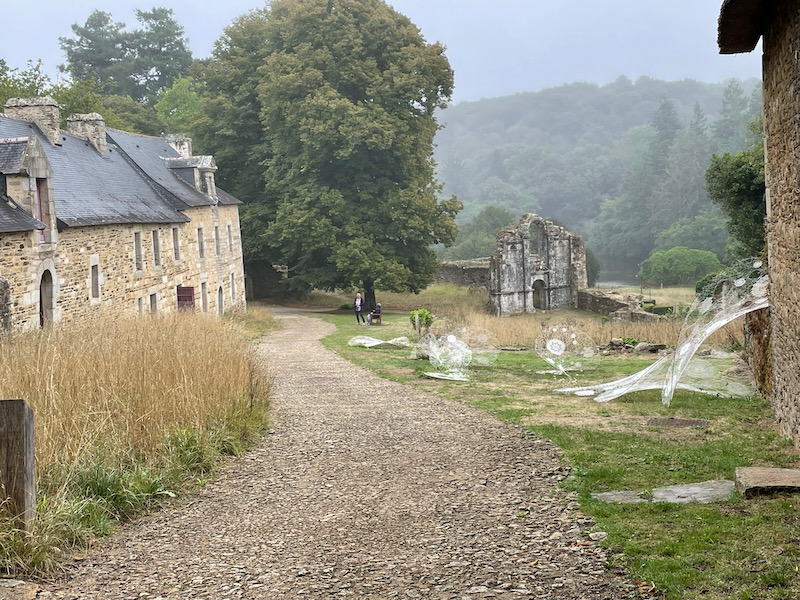
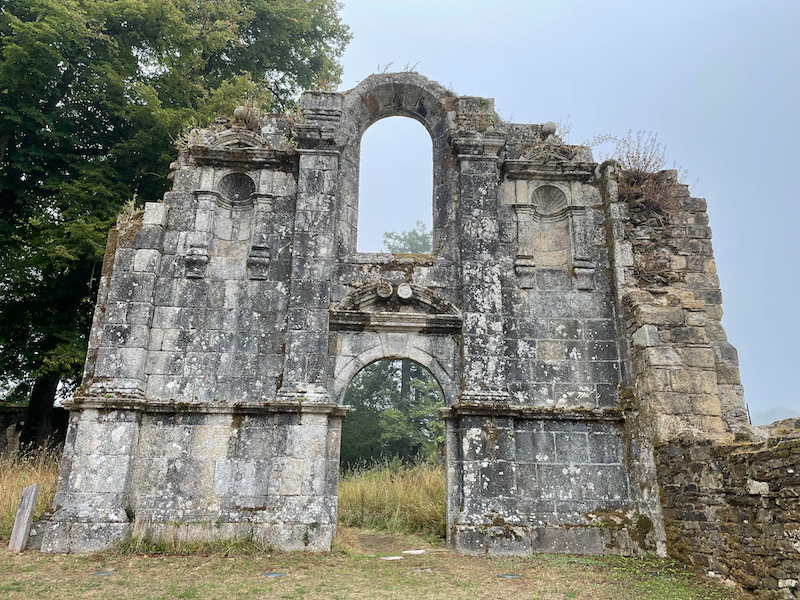
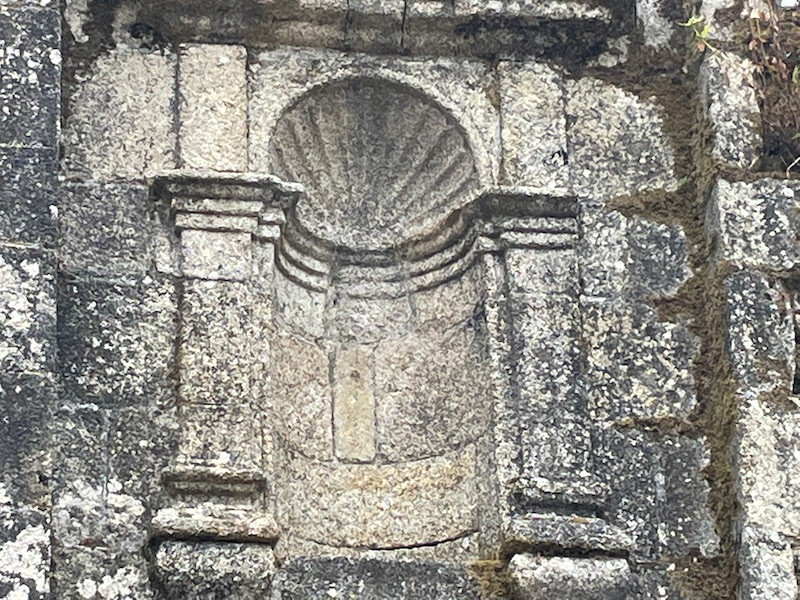
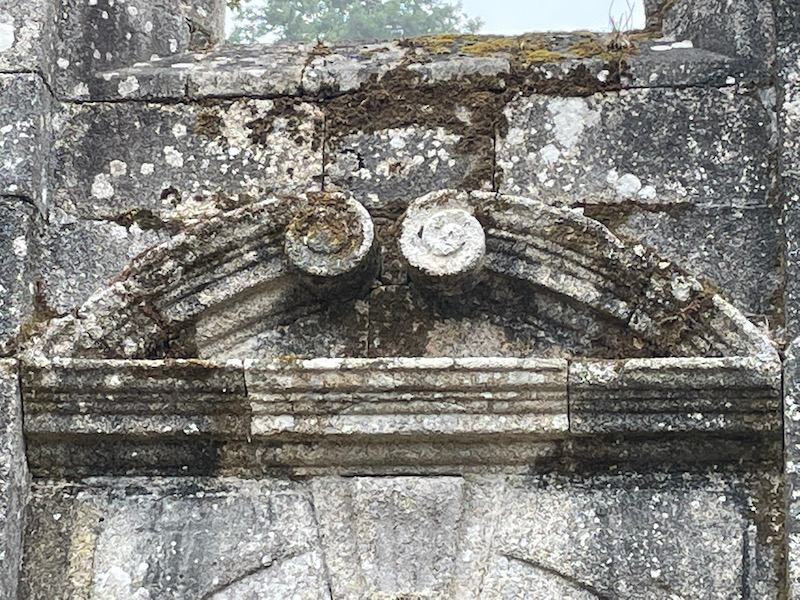
This is the 13th century chapter house, which is actually almost completely intact.
